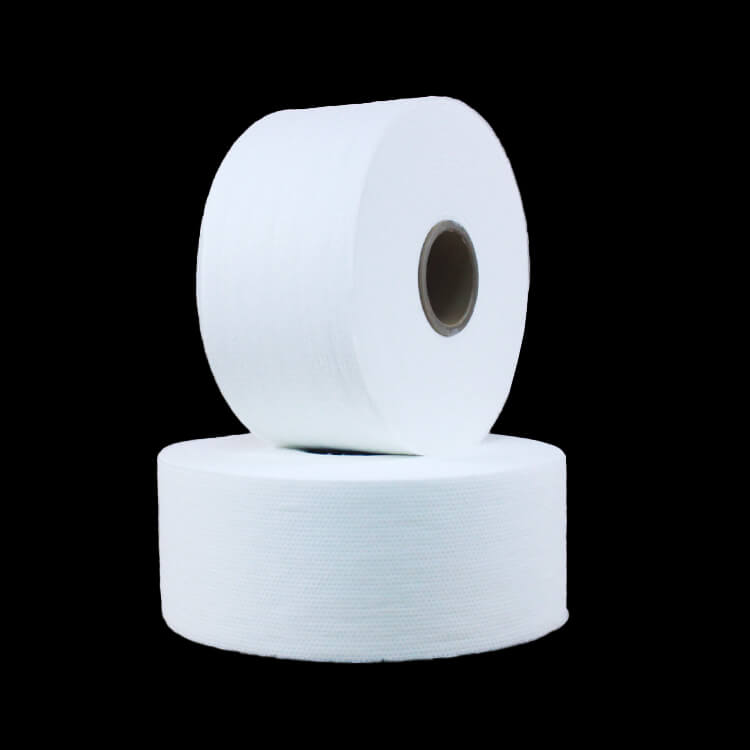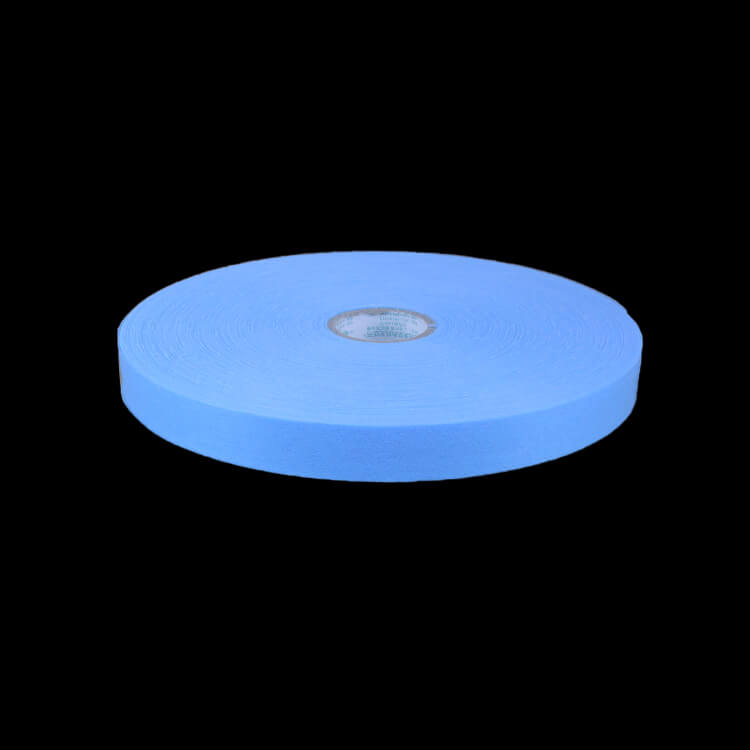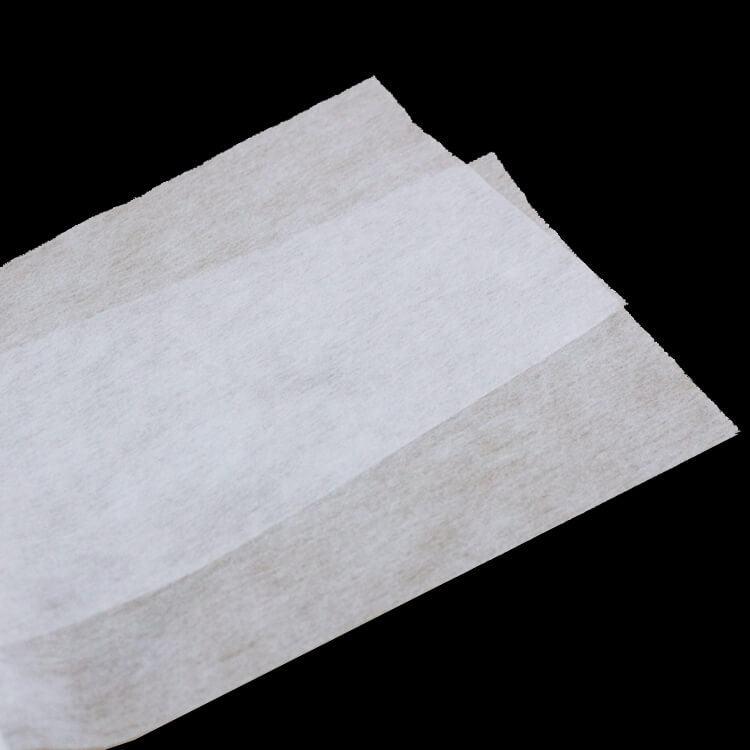Author:Baby & Adult Diaper Materials FROM:Diaper Materials Manufacturer TIME:2023-10-07
Unveiling the Crucial Diaper Making Materials

Diapers are an essential part of every baby's life, providing comfort and protection. However, have you ever wondered what goes into making a diaper? In this article, we will take a closer look at the crucial materials used in manufacturing diapers. Understanding these materials can help us appreciate the thought and effort that goes into creating a high-quality product.

Fabric plays a vital role in the effectiveness and comfort of diapers. For disposable diapers, a nonwoven fabric called polypropylene is widely used. This fabric is chosen for its excellent moisture-wicking properties and ability to keep babies dry. It also offers a soft and gentle feel against the baby's skin. Besides, the fabric must be breathable to prevent rashes or irritations. In contrast, cloth diapers are usually made of cotton or bamboo fabrics. These materials are preferred for their environmental friendliness and reusability. They are gentle on the baby's delicate skin and allow for better airflow, reducing the risk of diaper rash.

The absorbent core is the heart of any diaper, responsible for soaking up and locking away moisture. Superabsorbent polymers (SAPs) are the key component of this core. SAPs can absorb several times their weight in liquid and turn it into a gel-like substance. This not only prevents leaks but also keeps the baby's skin dry. SAPs are often combined with fluff pulp, which enhances the absorbency. Fluff pulp is derived from wood fibers and is highly absorbent, making it an ideal material for trapping liquids. The combination of SAPs and fluff pulp ensures that diapers can hold a significant amount of moisture without causing discomfort to the baby.
The outer layer of a diaper serves as a barrier, preventing any leakage. It is typically made of a waterproof material like polyethylene. This layer ensures that moisture does not escape the diaper, keeping the baby's clothes and surroundings dry. Additionally, fasteners like adhesive tapes or hook-and-loop closures are used to secure the diaper in place. These fasteners should be strong and durable to withstand movements and ensure a snug fit. Using high-quality fasteners guarantees that the diaper stays in place, minimizing the chances of leaks and providing uninterrupted comfort to the baby.
Diapers are ingeniously designed products that require careful selection and combination of materials. From the fabric that touches the baby's skin to the absorbent core and outer layer, each component serves a crucial purpose. Choosing the right materials ensures that diapers are comfortable, absorbent, and leak-proof. Now, when you see a diaper, you can appreciate the complexity and craftsmanship involved in its creation. Whether it's a disposable or cloth diaper, the materials used are meticulously selected to provide the best care for babies. Next time you change a diaper, take a moment to acknowledge the incredible materials that make it possible.

 Email: info@whldiapernonwoven.com
Email: info@whldiapernonwoven.com
 MP/WhatsApp: +86-13599937366
MP/WhatsApp: +86-13599937366
 Manufacturer Address:Room 1105B, Bld M1, Manhattan, Yulongwan, Shimao, Shuanglong Road, Meiling Street, Jinjiang, Fujian, China
Manufacturer Address:Room 1105B, Bld M1, Manhattan, Yulongwan, Shimao, Shuanglong Road, Meiling Street, Jinjiang, Fujian, China